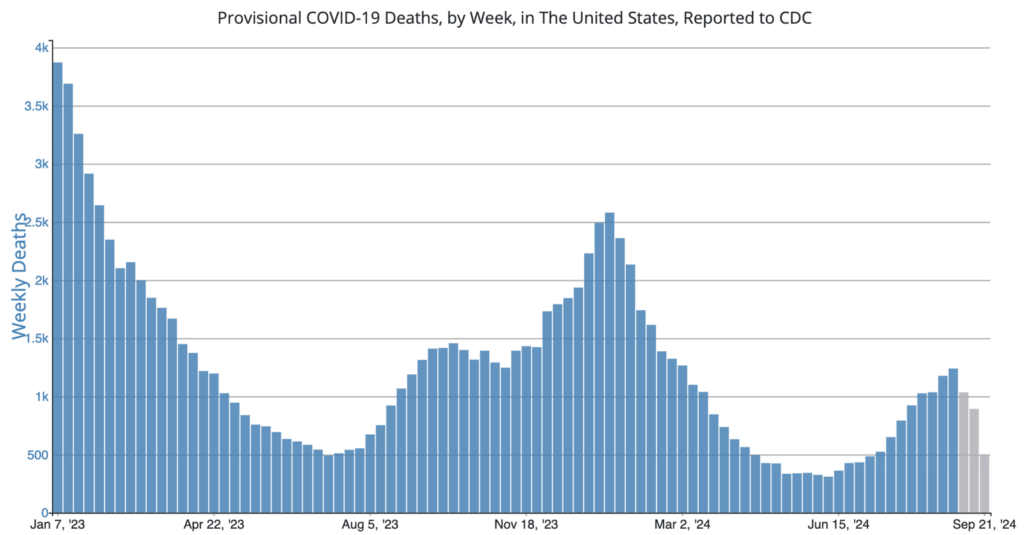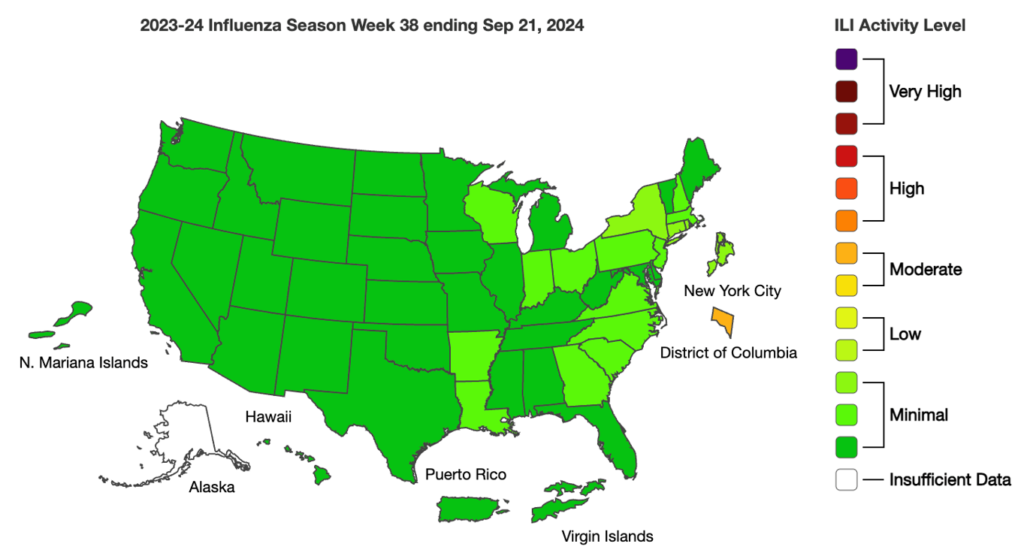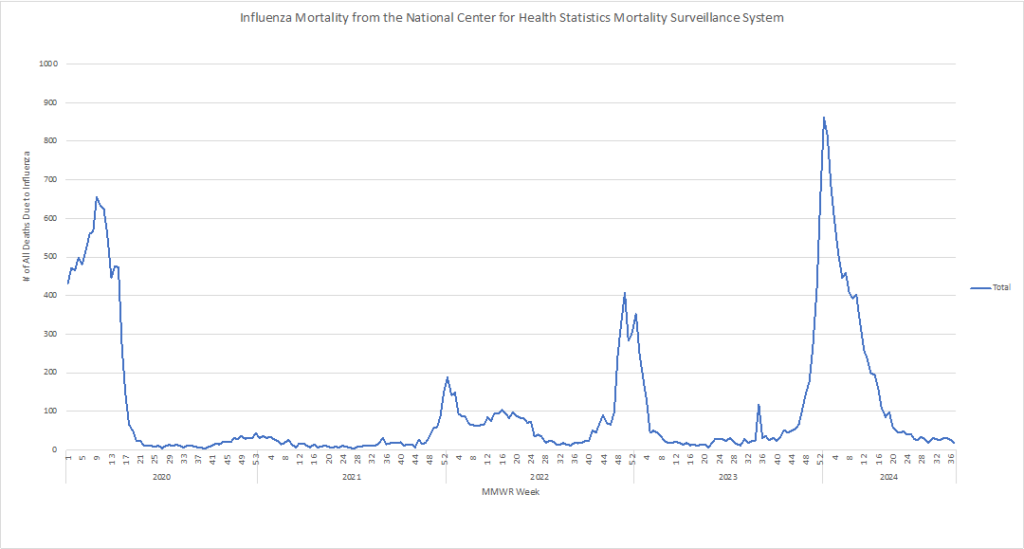With Hurricane Helene causing devastation across the Southeast, including more than 125 dead and others still missing, entire communities under water, roads completely impassable, and power outages for at least 1.5 million homes/businesses, access to potable water is just one of the many concerns. But it is a concern of life-and-death significance.
This article is intended to provide recommendations and resources to those in need, and environmental disaster preparedness advice for others.
For those who still have running water but are unsure of its potability, there are a number of ways to disinfect or filter water for drinking, cooking, dishwashing and teeth brushing. With at least one gallon of water needed per person per day, consider the following:
- Keep individual and/or gallons of bottled water on hand. FDA recommends storing a minimum supply of 3 days worth, advising that a 2-week supply is best.
- Boil water for one minute. Let it cool, then store in clean containers with lids.
- Use a filtration system on your faucets. If you don’t regularly use one, it is a good idea to keep one on hand that is made to purify unsafe water into potable water.
- Use filtrating straws (e.g., Lifestraw) that has micron filtration. Designed to be portable, these can be used in various water sources to filter out bacteria and parasites.
- Disinfect with tablets for this purpose that contain chlorine, iodine, chlorine dioxide, or other disinfecting agents. Follow the label directions.
- Disinfect with bleach. Disinfect water with household bleach with 6 or 8.25% of sodium hypochlorite (according to EPA specifications listed here). Do not use scented, color safe, or bleaches with added cleaners.
Whether or not you have been impacted by this hurricane, or any other environmental disaster, it is important to be prepared. Just about every area is susceptible to some sort of disaster (be it hurricane, tornado, flood, tsunami, wildfire, chemical spill, etc.). And whether that impacts your home or business or causes you to evacuate, having potable water will be critical to your survival.
Resources for further information on business and individual preparedness and recovery:
- AFDO Food Emergency Regulator Pocket Guide (3rd edition)
- CFP Emergency Action Plan for Retail Food Establishments
- FDA Hurricane Season: Be Prepared
- EPA Emergency Disinfection of Drinking Water
COVID Risk Matrix:

Influenza:


- The Public Health Agency of Canada has issued a public health notice following an outbreak of Salmonella Muenchen linked to pet geckos. Since August 2020, 25 cases have been confirmed across several Canadian provinces, affecting individuals aged 1 to 103. Three hospitalizations and one death have been reported. Transmission of the bacteria can occur through direct contact with geckos or contaminated environments. Health officials urge the public to follow safety measures, such as handwashing and keeping reptiles away from food areas, to reduce the risk of infection.
- During the norovirus season from July 2023 to June 2024, elevated norovirus activity with an increase of GII.17 noroviruses was reported in at least six European countries (Austria, France, Germany, Ireland, the Netherlands, and England) and in the US. This strain which emerged a few years ago, was reported 64% of the time and now seems to have replaced the previously reported GII.4 strain, reported only 17% of the time, based on data from England, the United States, Germany, France and Austria. This same strain was also found in a study of air samples at a hospital in Thailand.
- Minnesota is reporting a fatality from rabies, likely due to exposure to a bat. The department of health reminds us that bats do carry rabies and contact with them should be limited.
- Since April 2024, 14 human cases of H5 have been reported in the U.S., with most linked to infected poultry or dairy cows. The source of a case reported in Missouri on September 6 remains under investigation. The risk to the general public is still currently considered low. The CDC is also leading investigations into potential human-to-human transmission, providing updated safety recommendations, and supporting outreach efforts to protect farm workers and livestock employees at increased risk of exposure.





